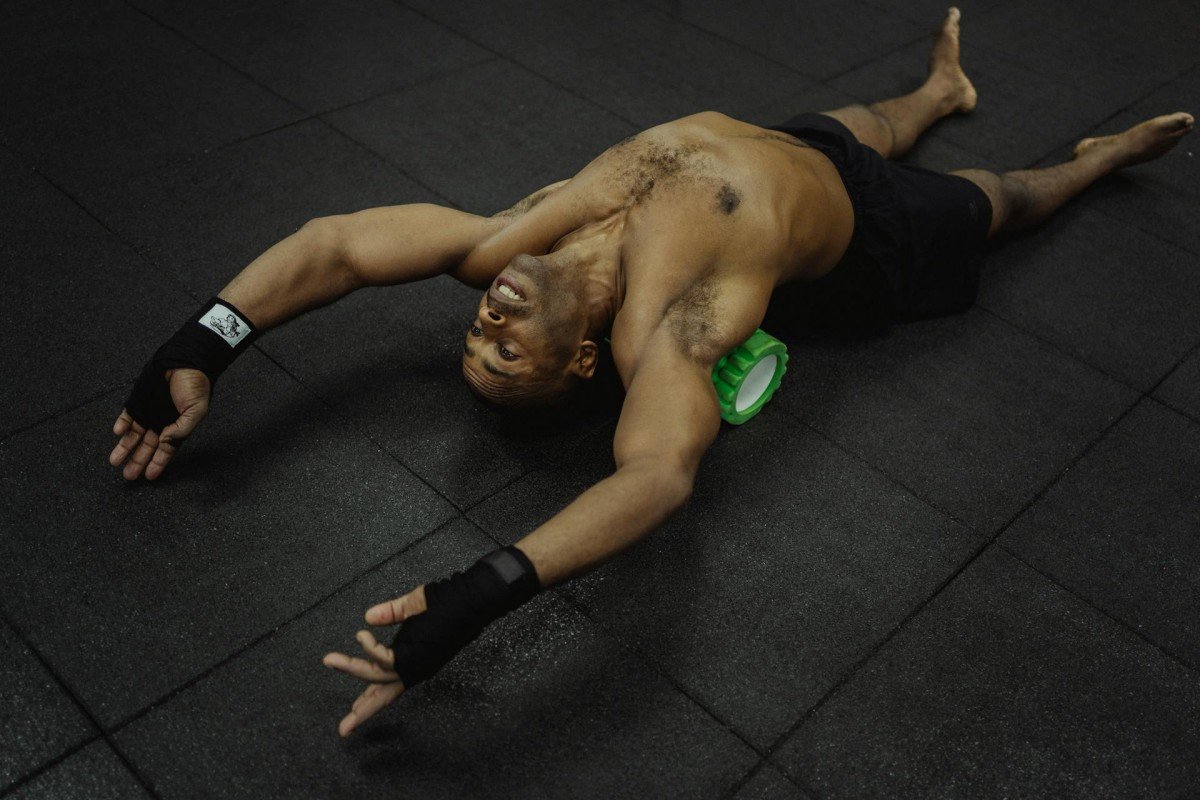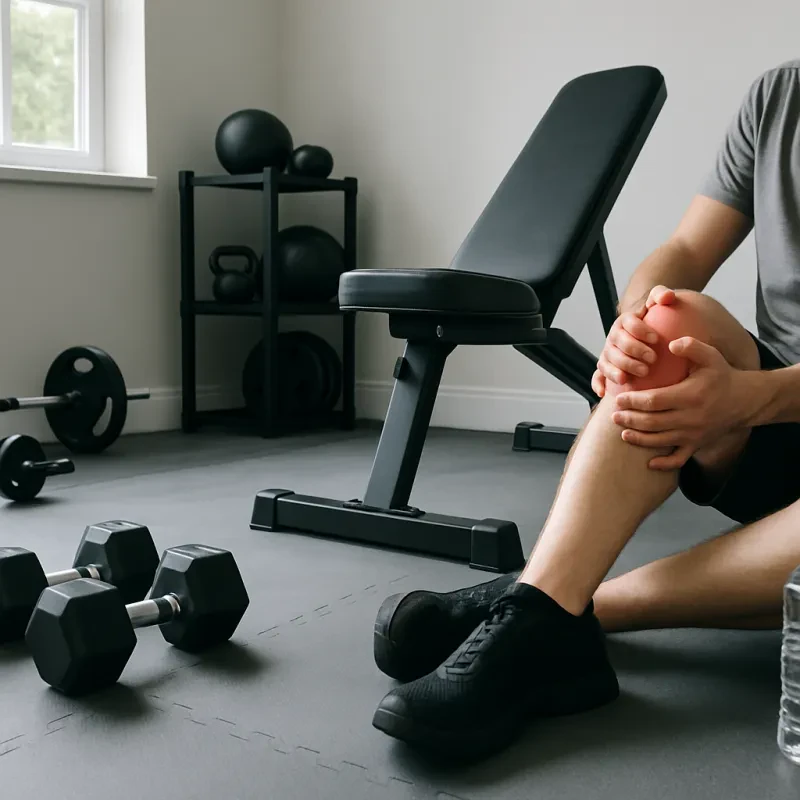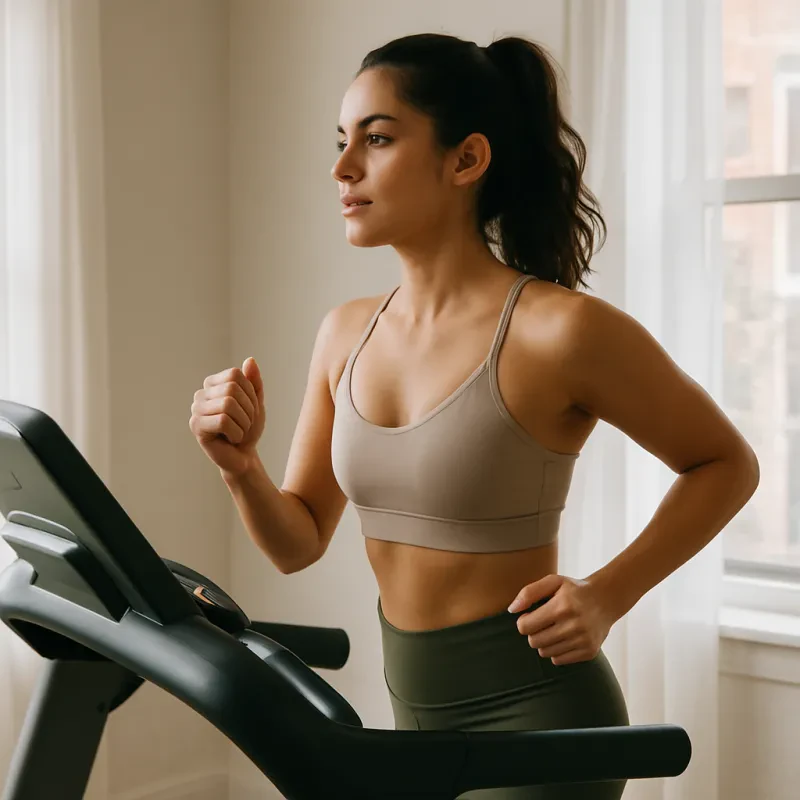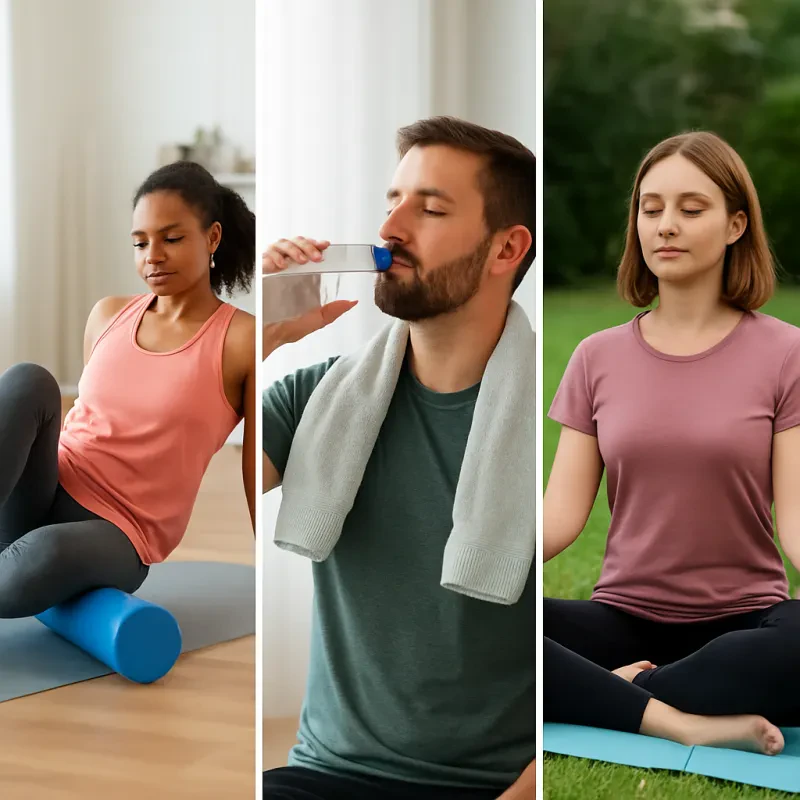👋 Why Stretching Should Be Part of Your Home Fitness Routine
In home fitness, stretching is often underestimated, but it plays a vital role in mobility, performance, and recovery. Whether you're working out in your living room, spare bedroom, or garage gym, knowing when and how to stretch can reduce your risk of injury and help you move better throughout the day.
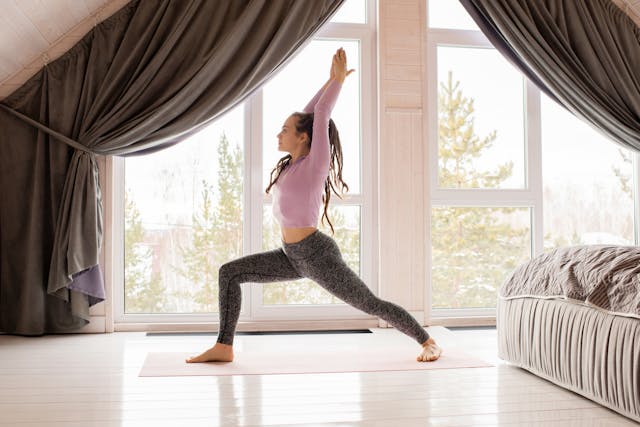
1. Static Stretching: Ideal for Cool-Downs and Flexibility
What Is It?
Static stretching involves extending a muscle to its end range and holding the position for 15–60 seconds. It's best used after workouts, when muscles are warm.
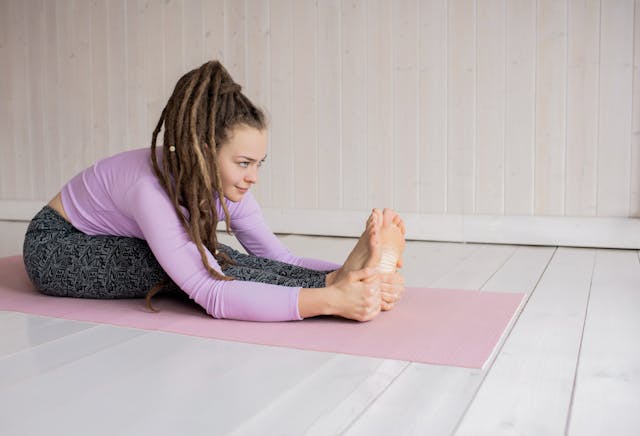
Common Static Stretches:
-
Hamstring stretch (seated or standing)
-
Shoulder and triceps stretch
-
Calf stretch against a wall
When to Use Static Stretching:
-
Post-workout cool-down
-
Evening flexibility routines
-
Yoga or mobility sessions
Tools That Help:
-
Stretching strap
2. Dynamic Stretching: Best for Warm-Ups and Movement Prep
What Is It?
Dynamic stretching uses active, controlled movement to improve range of motion and increase circulation before exercise.
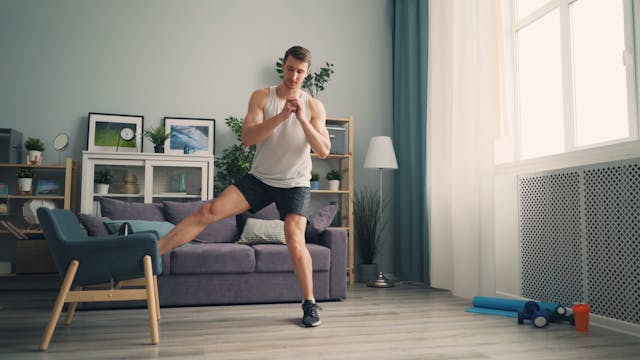
Examples:
-
Arm swings
-
Walking lunges
-
High knees
-
Leg swings (front and side)
When to Use Dynamic Stretching:
-
Before cardio or strength workouts
-
Morning energizer routines
3. PNF Stretching: Best for Advanced Flexibility
What Is PNF?
Proprioceptive Neuromuscular Facilitation (PNF) is a combination of passive stretching and isometric contractions to achieve greater flexibility. It's often used in physical therapy or high-level athletic training.
When to Use It:
-
Post-workout (not pre-workout)
-
Dedicated flexibility days
-
Physical therapy routines
Tools You’ll Need:
-
Stretch strap or resistance band
-
Mat
-
Optional partner
4. Ballistic Stretching: Use with Caution
Ballistic stretching involves bouncing movements to push muscles beyond their range of motion. This method is outdated and generally not recommended for home fitness unless supervised by a professional.
Safer Alternatives:
-
Dynamic warm-ups
-
Controlled active stretches
5. Active vs. Passive Stretching
Active Stretching
Uses your own muscles to hold a stretch without outside help. Ideal for warm-ups or developing balance and control.
Passive Stretching
Involves external assistance, like gravity, straps, or a partner, to help deepen the stretch. Useful for cool-downs or rehabilitation.
6. When to Use Each Stretch Type: Timing Chart
| Stretch Type | When to Use | Goal |
|---|---|---|
| Dynamic | Before exercise | Activate muscles and joints |
| Static | After exercise | Improve flexibility, aid recovery |
| PNF | After workouts / rest days | Deep flexibility and rehab |
| Active | Mobility warm-ups | Strength and control |
| Passive | Cool-down or relaxation | Restore and lengthen muscles |
7. Stretching Tools for Home Fitness
To improve comfort, alignment, and results, these tools make stretching easier and safer:
✅ Must-Have Stretching Tools:
-
Yoga Mat: Non-slip and cushioned for safety
-
Stretch Strap or Resistance Band: Deepens flexibility without strain
-
Foam Roller: Releases muscle tension pre- or post-stretch
-
Yoga Blocks: Provides support for limited mobility
-
Massage Gun (Optional): Promotes blood flow and recovery
8. Sample Stretching Routines (With Visuals)
💡 Dynamic Warm-Up Routine (Pre-Workout – 5–8 min)
-
Arm circles – 10 reps
-
Walking lunges – 10 per leg
-
Leg swings – 10 per side
-
Torso twists – 10 total
-
High knees – 30 seconds
🧘 Static Stretch Routine (Post-Workout or Evening – 10 min)
-
Seated hamstring stretch – 30 seconds per leg
-
Standing quad stretch – 30 seconds per leg
-
Overhead triceps stretch – 30 seconds per arm
-
Supine twist – 30 seconds each side
-
Child’s pose – 1 minute
🏠 At-Home PNF Flexibility Set (2x/Week – 15 min)
-
Lying hamstring with resistance band
-
Isometric contraction for 5 seconds
-
Deepen stretch 15–30 seconds
-
Repeat 2–3 rounds
✅ Stretching is a foundational part of any effective home fitness routine. By understanding the different types of stretches and when to apply them, you can enhance flexibility, reduce injury risk, and recover faster, all from the comfort of your own home.
With minimal equipment and a consistent routine, even 10–15 minutes of targeted stretching a day can help you feel stronger, move better, and maintain long-term mobility.
